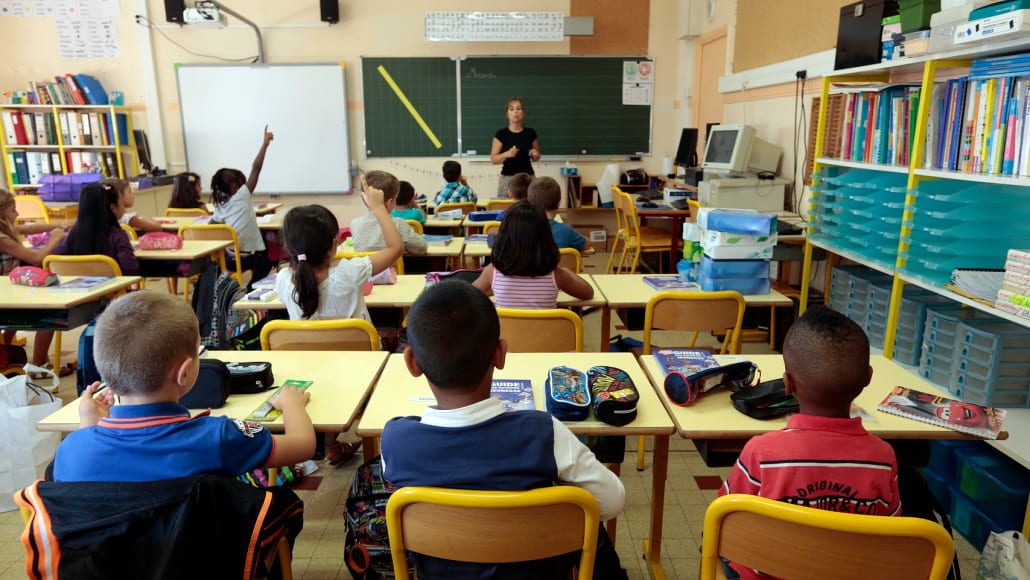The Arab world is considered one of the most youthful regions in the world. More than half (54%) of the total population are aged below 25 compared to 48% for the rest of the world. Given the important contribution adolescents and children will have in securing their countries’ future, it is necessary to monitor their social, mental and health situation. For that purpose, this study will be considering two indicators: adolescent’s fertility rate and the percentage of children out of school. The first reflects the overall situation of young females concerning child marriage and the second reflects the access to education for the countries belonging to the Arab League.
By monitoring adolescent’s fertility rate for the past 60 years, it is noticed that the overall situation improved significantly and approached the average world trend going from 134 to 46 birth per 1000 for women aged 15 to 19 in the last 60 years. The situation is nevertheless not the same for all Arab states as countries like Somalia and Mauritania still present critically high rates.
On the other hand, despite the decrease in the percentage of children out of school from 43% until 14% in the last 60 years, the figures remain higher than the world average (8% in 2020) which marks a critical condition for the access to education. Looking at each individual state, we notice a significant discrepancy between countries like Sudan at 42% children out of school and Oman at nearly 1%.
Throughout our work, we found that the situation is not the same for all children and adolescents in the Arab world as their situation is still vulnerable in countries like Sudan and Mauritania due to limited access to education and high percentages of child marriage (adolescent’s fertility). It is therefore essential for associations like Himaya or Kafa to intervene in such countries to improve children’s and adolescents social and physical wellbeing.




